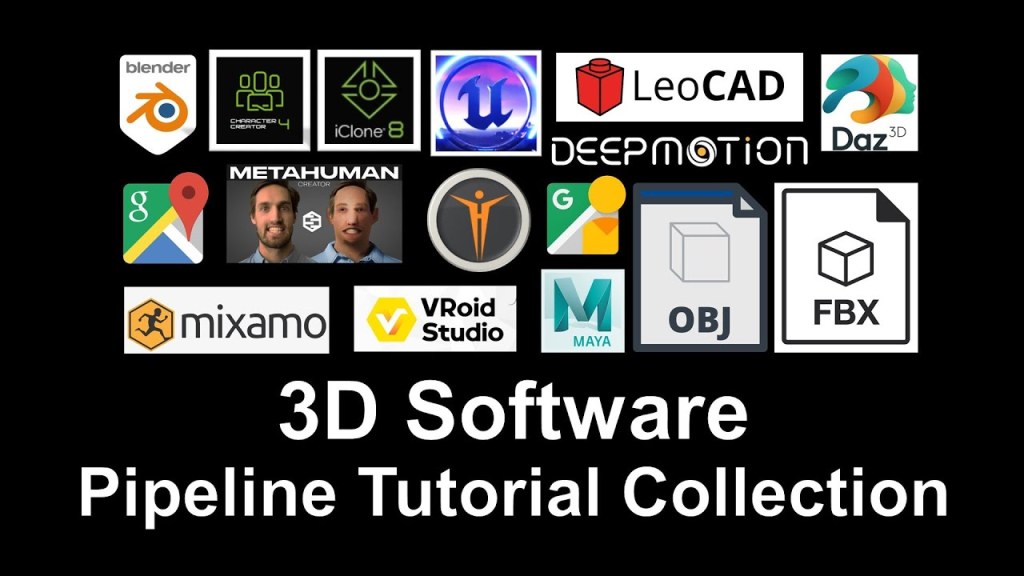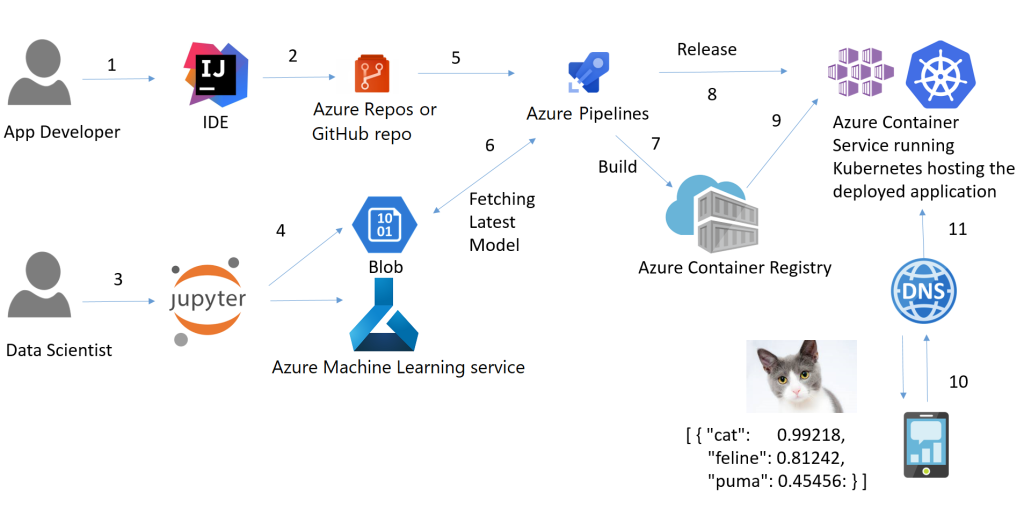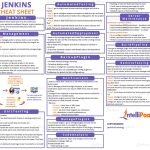Master The Software Pipeline: Step-by-Step Tutorial For Success!
Software Pipeline Tutorial: Streamlining Your Workflow for Better Efficiency
Introduction
Dear Readers,
3 Picture Gallery: Master The Software Pipeline: Step-by-Step Tutorial For Success!



Welcome to this comprehensive tutorial on software pipelines, a powerful tool that can greatly enhance your workflow and productivity. In this article, we will delve into the concept, benefits, and implementation of software pipelines, along with a step-by-step guide on how to create one.

Image Source: ytimg.com
So, if you’re ready to optimize your processes and streamline your work, let’s dive into the world of software pipelines!
What is a Software Pipeline?
🔑 Key Point: A software pipeline refers to a systematic approach to managing and executing tasks in a software development or production environment.
In essence, a software pipeline is a series of interconnected steps that automate and streamline the flow of work. It ensures that each task is carried out efficiently and in a well-defined order, minimizing errors and maximizing productivity.

Image Source: edureka.co
Whether you’re a software developer, a content creator, or a project manager, a software pipeline can revolutionize the way you work. By breaking down complex processes into smaller, manageable steps, it enables you to maintain control, improve collaboration, and deliver high-quality results in a timely manner.
Who Can Benefit from Software Pipelines?
🔑 Key Point: Software pipelines are applicable to a wide range of industries and professions.

Image Source: datacamp.com
Software pipelines are not limited to a specific sector or role. They can be implemented by individuals or organizations involved in software development, content creation, manufacturing, project management, and more.
Whether you’re a solo entrepreneur or part of a large team, a software pipeline can help you streamline your work and achieve better results. It provides a structured framework that ensures consistency, reduces bottlenecks, and improves overall efficiency.
When Should You Implement a Software Pipeline?
🔑 Key Point: Implementing a software pipeline is beneficial at any stage of a project or workflow.
It’s never too early or too late to implement a software pipeline. Whether you’re starting a new project or reevaluating your existing processes, a software pipeline can bring numerous benefits.
By implementing a software pipeline from the outset, you can establish efficient workflows, reduce the risk of errors, and ensure smooth collaboration between team members. However, even if you’re in the middle of a project, introducing a software pipeline can help you regain control, identify bottlenecks, and make necessary adjustments to improve productivity.
Where Can You Implement a Software Pipeline?
🔑 Key Point: Software pipelines can be implemented in various environments, both online and offline.
Software pipelines are not bound by physical or geographical limitations. They can be implemented in both online and offline environments, depending on the nature of your work.
For example, if you’re a software developer, you can implement a software pipeline within your integrated development environment (IDE). On the other hand, if you’re a content creator, you can create a pipeline using specialized software or even a combination of online tools and manual processes.
Why Should You Use a Software Pipeline?
🔑 Key Point: Software pipelines offer a range of advantages, from increased efficiency to improved collaboration.
The benefits of using a software pipeline are numerous:
Increased Efficiency: By automating repetitive tasks and eliminating manual errors, software pipelines significantly improve efficiency and save time.
Improved Collaboration: A software pipeline promotes collaboration by providing a transparent overview of the workflow, facilitating communication between team members, and ensuring everyone is on the same page.
Error Reduction: With a standardized workflow and automated error-checking mechanisms, software pipelines minimize the risk of mistakes and enhance the quality of deliverables.
Scalability: Software pipelines can adapt to the evolving needs of your project or organization, allowing you to scale your operations without sacrificing efficiency.
Consistency: By enforcing a standardized workflow, software pipelines ensure consistent results, regardless of the individuals involved.
How to Create a Software Pipeline?
🔑 Key Point: Creating a software pipeline involves several steps, including planning, designing, implementing, and refining.
Building a software pipeline requires careful planning and implementation. Here’s a step-by-step guide to help you get started:
Identify Your Workflow: Analyze your existing workflow and identify areas that can be streamlined or automated.
Break It Down: Divide your workflow into smaller, manageable steps, ensuring that each task is clear and well-defined.
Choose the Right Tools: Select the software and tools that best fit your workflow requirements, considering factors such as compatibility, scalability, and ease of use.
Design the Pipeline: Map out the flow of tasks, determining the dependencies and order in which they need to be executed.
Implement and Test: Set up the software pipeline, integrate the necessary tools, and thoroughly test each step to ensure seamless execution.
Refine and Optimize: Continuously evaluate and refine your software pipeline, making adjustments based on feedback, changing requirements, and emerging technologies.
Train and Educate: Provide training and resources to your team members to ensure they understand and can effectively utilize the software pipeline.
Frequently Asked Questions (FAQs)
1. Can I use multiple software pipelines for different projects?
Yes, you can create separate software pipelines for different projects, tailoring them to specific requirements and workflows.
2. Is it necessary to have programming skills to implement a software pipeline?
No, while programming skills can be beneficial, there are user-friendly software pipeline tools available that do not require extensive coding knowledge.
3. Can I modify my software pipeline as my project progresses?
Absolutely! Software pipelines are flexible and can be modified and optimized as your project evolves and new requirements arise.
4. Are there any disadvantages of using a software pipeline?
While software pipelines offer numerous advantages, it’s important to consider factors such as initial setup time, potential learning curve, and the need for regular maintenance and updates.
5. Can I implement a software pipeline in a remote work environment?
Yes, software pipelines can be implemented in remote work environments, enabling teams to collaborate effectively regardless of their physical location.
Conclusion
In conclusion, software pipelines are a game-changer when it comes to optimizing workflows and improving efficiency. By implementing a well-designed software pipeline, you can streamline your processes, reduce errors, and achieve consistent, high-quality results.
So, whether you’re a software developer, a content creator, or a project manager, it’s time to harness the power of software pipelines and take your productivity to new heights! Start today and experience the transformative impact of this invaluable tool.
Final Remarks
Dear Readers,
We hope this software pipeline tutorial has provided you with valuable insights and guidance on streamlining your workflow. It’s important to remember that while software pipelines can greatly enhance efficiency, they require careful planning, implementation, and continuous refinement. Ensure that you select the right tools, train your team members, and adapt the pipeline to your evolving needs.
Always remember: a well-executed software pipeline holds the potential to revolutionize the way you work, enabling you to achieve more in less time and with greater precision. Embrace this technology, experiment with its possibilities, and embrace the benefits it has to offer.
Wishing you success in your journey towards a more efficient and productive workflow.
This post topic: Software Tutorials

